Tag: science
-
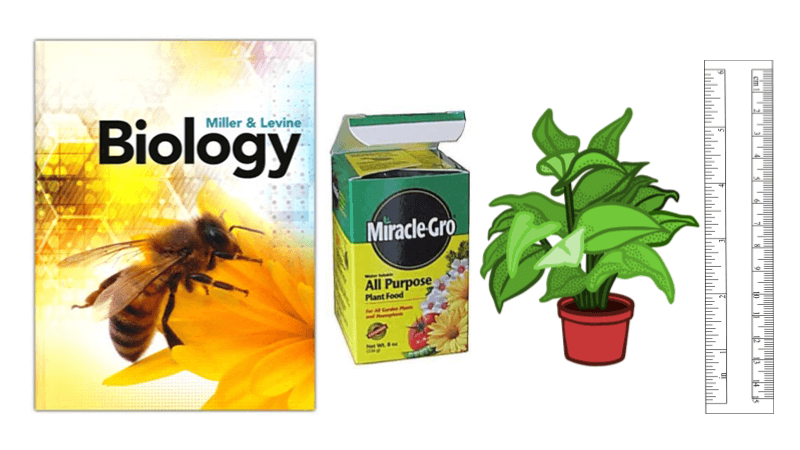
Resources for Chapter 1 Biology (Bee Book)
Resources for Chapter 1 (Bee Book), which focuses on the characteristics of life and the scientific method. Includes downloadable activities for your class.
-
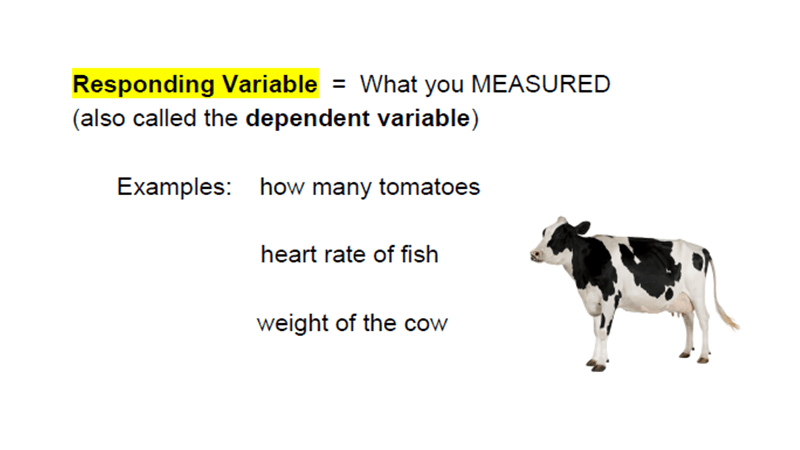
Highlight the Manipulated and Responding Variables
This worksheet describes the difference between an independent (manipulated) and dependent (responding) variable and then asks students to practice by identifying variables in short sentences.
-
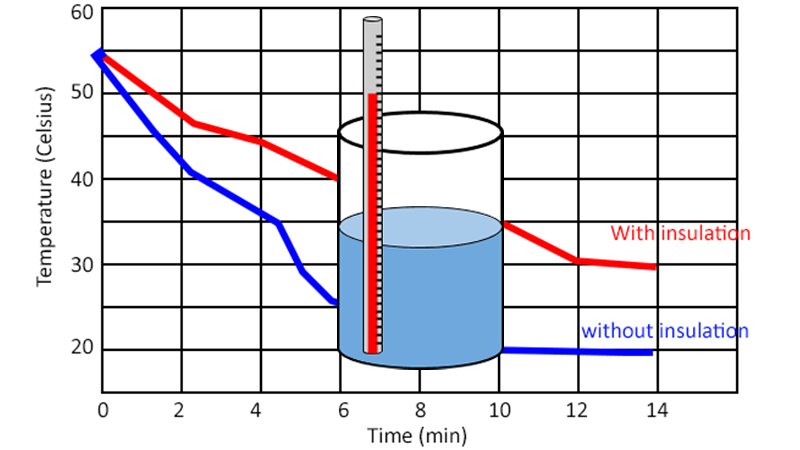
Investigation: Heat Loss and Insulation in a Jar
This simple experiment can be used as a way to introduce the scientific method. Students design an experiment to test which materials are the best insulators by measuring heat loss. The materials are simple, and the experiment doesn’t take very long. They will need two beakers per group, a thermometer, and hot water. Also, a…
-
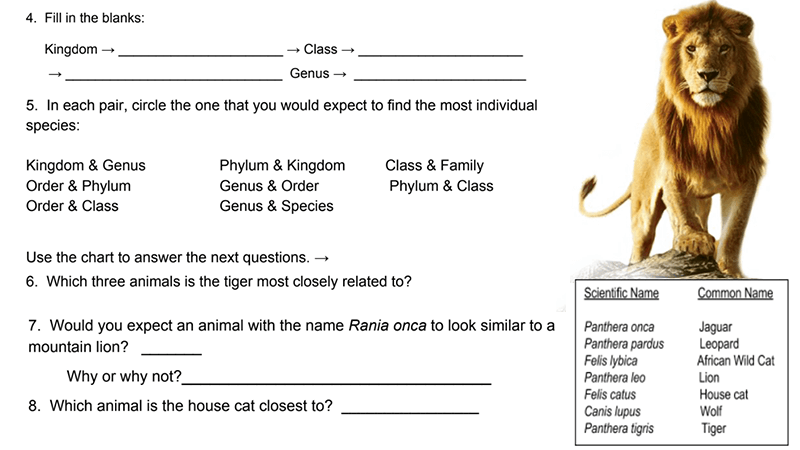
Practice with Taxonomy
Though Next Generation Science Standards does not emphasize the memorizing of major groups anymore, students can benefit from learning the basics of how animals are classified. Taxonomy is often introduced with evolution, where students learn how to analyze phylogenetic trees and create cladograms. This worksheet is a simple reinforcement exercise that covers the six kingdoms…
-
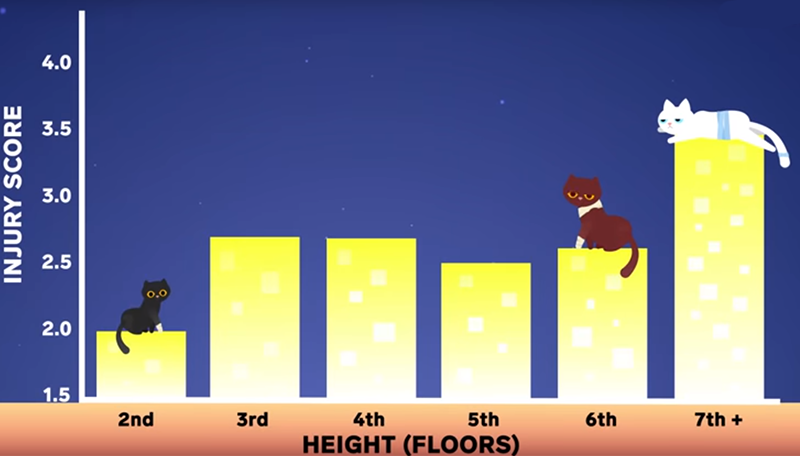
Falling Cats – CER
Students practice Claim, Evidence, and Reasoning (CER) while examining the relationship between falling height and cat injuries. The graphs show that cats who fall 2-7 stories often suffer more injuries than cats who fall from greater distances. Not much information is given about how the data was collected, though the original source is included, I…
-
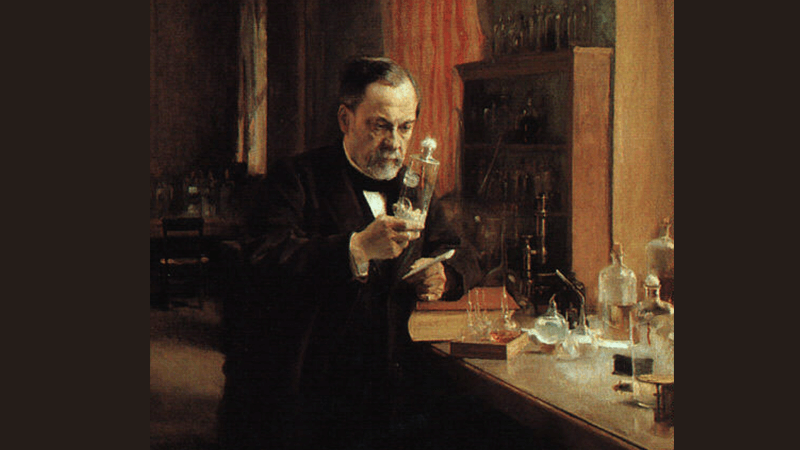
Early Discoveries – CER
Explore historical scientific discoveries, like Pasteur’s experiments to learn about the scientific method.
-
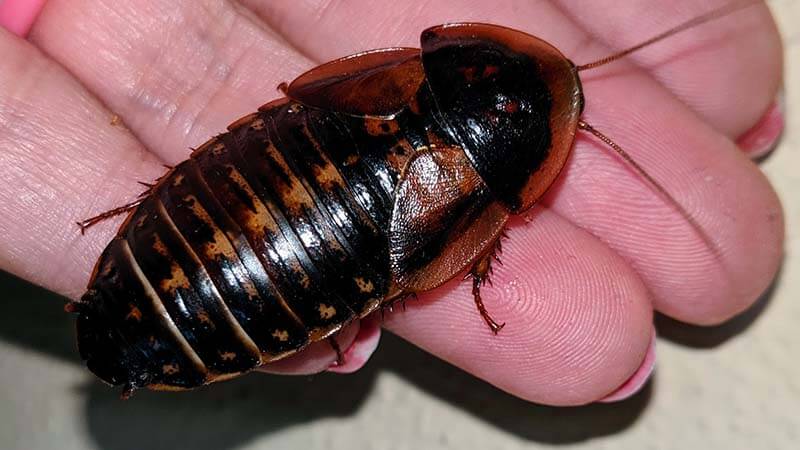
Exploration: An Inquiry Activity on the Dubia Roach
A short activity for day one in the science class. Give students a live animal to observe, like a dubia roach. They write observations, questions, and make inferences to share with the class.
-
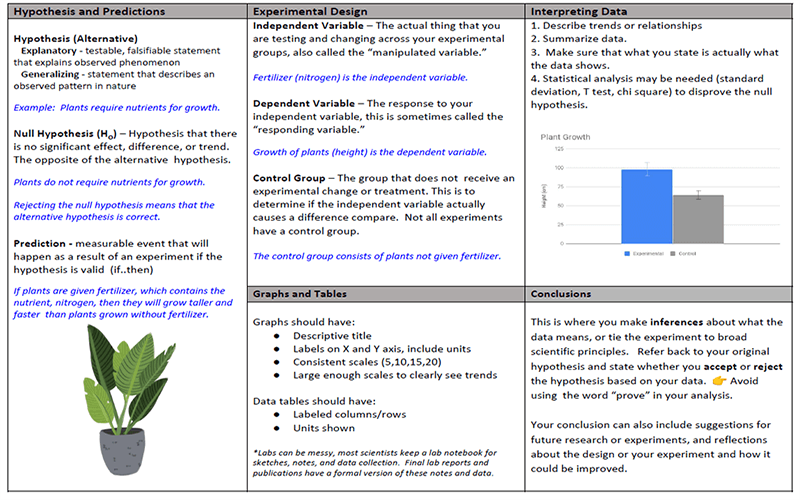
Experimental Design
Students in most science classes start with an overview of scientific processes. For advanced students, I use this cheat sheet to remind them of the major features of the scientific method, such as a control group, dependent and independent variables. AP Bio students are also introduced to the concept of the null and alternative hypotheses…
-
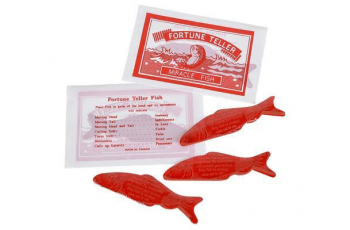
Fortune Telling Fish
This activity is perfect for a first day or as an introduction to the scientific method. Though there isn’t quite as much cooperation as the “Saving Sam” activity, the fortune telling fish allows students to explore the nature of science together. The handout linked can be given to students, or you can also project them…
-
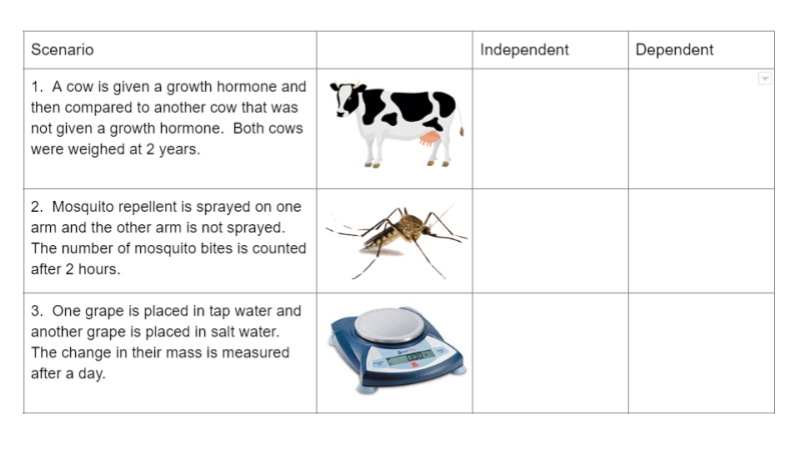
Independent & Dependent Variables Practice
Students reach short scenarios about scientific experiments. They identify the controls and variables in each story.
-
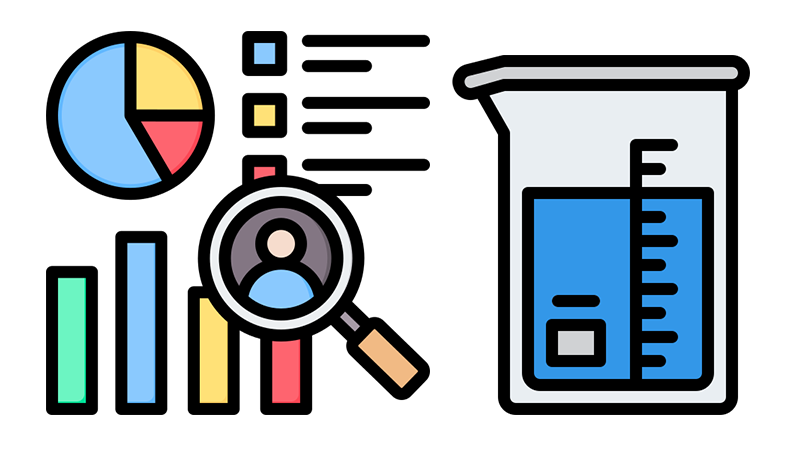
Reinforcement: Scientific Processes
I designed this worksheet for an introductory biology class. It reinforces concepts that are introduced in the first chapter. Students learn about how science works, what a hypothesis is, and how data is analyzed. Reinforcement worksheets have definitions or sentences that include a key word and students much choose from a bank of vocabulary words…
-
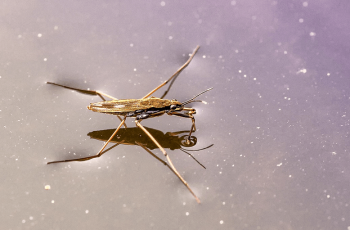
Investigation: How Does a Water Strider Stay Afloat?
This lab was modified from the “Penny Lab” to focus more on the properties of water and how surface tension is important for aquatic organisms like the water strider. The instructions were designed for an intro (vocational) biology class that only meets for a semester.
-
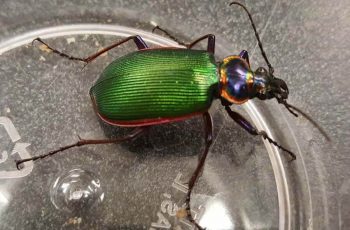
Investigation: How Do Insects Move?
Have you ever thought about how insects with 6 legs actually crawl? Human movement on two legs is pretty simple: left-right-left-right, but all insects have 6 legs attached to a thorax. In this activity, I ask students to observe an insect closely, usually a dubia roach.
-
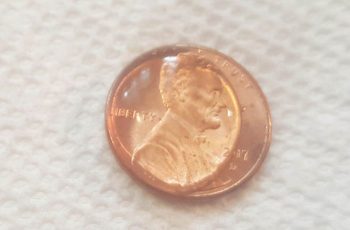
Penny Lab: Soap and Surface Tension
Most science classes begin the year with an exercise on the scientific method. It can be difficult to plan a short activity that will reinforce the main ideas of developing and testing a hypothesis. This lab is simple and doesn’t require much in the way of materials: pennies, water, and pipettes (and paper towels for…
-

Science News Articles for Kids
Are you looking for current science for your students? This is a list of go-to sources for reliable science news.

